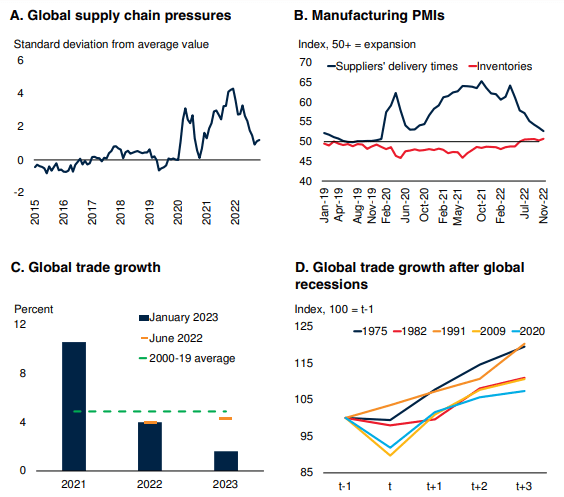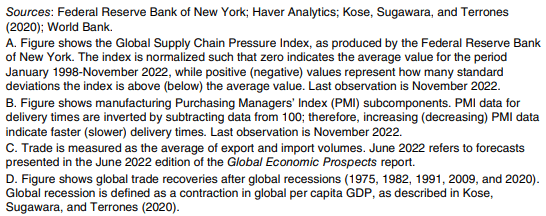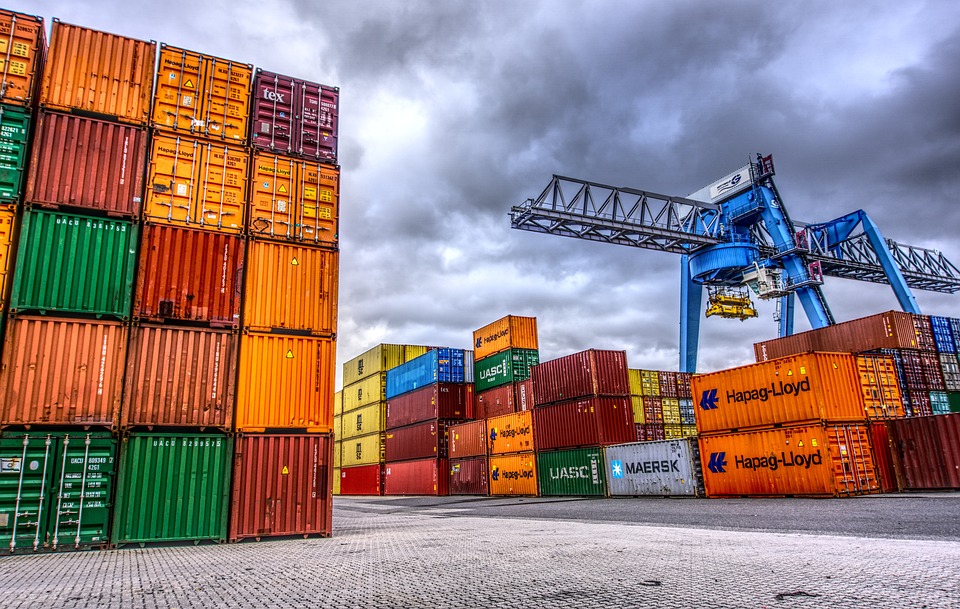After slowing to 4% in 2022, world trade growth is expected to decelerate further to 1.6% in 2023, largely reflecting weakening global demand, the World Bank projected.
Trade is also expected to be particularly weak in emerging markets and developing economies with strong trade links to major economies, where demand is expected to slow sharply.
Overall, the current post-recession rebound in global trade is on track to be one of the weakest on record.


The World Bank expects travel and tourism to continue to rebound, but will be constrained by slowing global activity and high input costs.
World trade
It also sees trade in goods moderating due to subdued demand and a gradual shift in consumption towards services.
Weaker-than-expected global demand and further supply chain bottlenecks pose downside risks to the outlook for world trade.
In addition, intensifying trade protectionism, fragmentation of trade networks and concerns about the security of supply chains could increase trade costs and slow trade growth.
Global trade growth slowed in the second half of 2022, in parallel with deteriorating activity in major economies.
The weakening of trade reflected the slowdown in global industrial production, as demand shifted toward its pre-pandemic composition and away from goods.
Despite this moderation, trade in goods exceeded pre-pandemic levels last year; meanwhile, trade in services continued to recover, supported by a gradual shift in demand toward services.
Tourism flows rebounded as many countries eased travel restrictions, but remained well below pre-pandemic levels and were uneven across regions.
Although global supply chain pressures remain above pre-pandemic levels, they have eased since mid-2022, as reflected by lower transportation costs and normalizing inventories.
Weaker demand for goods is expected to further reduce these pressures in 2023.

